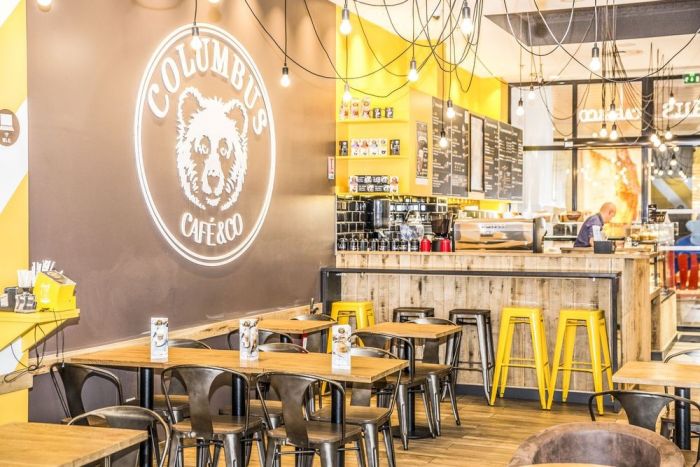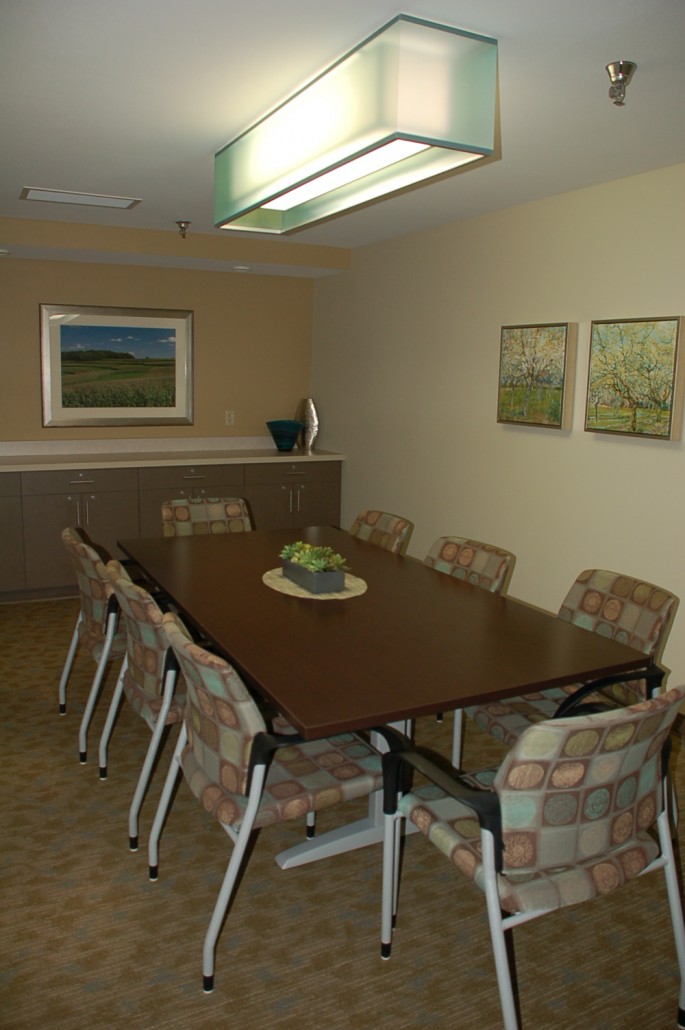Table of Content
- Ohio Amber Alert: Latest information on search for …
- Columbus OH Real Estate & Homes For Sale
- US life expectancy hits lowest level since 1996
- Suspect in Columbus kidnapping found in Indiana; infant twin Kason Thomas remains missing
- Harris County
- Still time to donate: Firefighters 4 Kids Toy Drive
- Columbus home prices are going up in 2023, report projects
Between 1492 and 1504, Columbus completed four round-trip voyages between Spain and the Americas, each voyage being sponsored by the Crown of Castile. On his first voyage he reached the Americas, initiating the European exploration and colonization of the continent, as well as the Columbian exchange. His role in history is thus important to the Age of Discovery, Western history, and human history writ large. In 1500, during his third voyage to the Americas, Columbus was arrested and dismissed from his posts. He and his sons, Diego and Fernando, then conducted a lengthy series of court cases against the Castilian crown, known as the pleitos colombinos, alleging that the Crown had illegally reneged on its contractual obligations to Columbus and his heirs. The Columbus family had some success in their first litigation, as a judgment of 1511 confirmed Diego's position as viceroy but reduced his powers.

In his later years, Columbus demanded that the Crown of Castile give him his tenth of all the riches and trade goods yielded by the new lands, as stipulated in the Capitulations of Santa Fe. Because he had been relieved of his duties as governor, the Crown did not feel bound by that contract and his demands were rejected. After his death, his heirs sued the Crown for a part of the profits from trade with America, as well as other rewards.
Ohio Amber Alert: Latest information on search for …
In 1474, the Florentine astronomer Paolo dal Pozzo Toscanelli suggested to King Afonso V of Portugal that sailing west across the Atlantic would be a quicker way to reach the Maluku Islands, China, and Japan than the route around Africa, but Afonso rejected his proposal. In the 1480s, Columbus and his brother proposed a plan to reach the East Indies by sailing west. Columbus supposedly wrote Toscanelli in 1481 and received encouragement, along with a copy of a map the astronomer had sent Afonso implying that a westward route to Asia was possible. Columbus's plans were complicated by the opening of the Cape Route to Asia around Africa in 1488.
Other scholars defend Columbus's actions or allege that the worst accusations against him are not based in fact while others claim that "he has been blamed for events far beyond his own reach or knowledge". Largely self-educated, Columbus was knowledgeable in geography, astronomy, and history. He developed a plan to seek a western sea passage to the East Indies, hoping to profit from the lucrative spice trade.
Columbus OH Real Estate & Homes For Sale
From the 1990s onward, a narrative of Columbus being responsible for the genocide of indigenous peoples and environmental destruction began to compete with the then predominant discourse of Columbus as Christ-bearer, scientist, or father of America. This narrative features the negative effects of Columbus' conquests on native populations. Exposed to Old World diseases, the indigenous populations of the New World collapsed, and were largely replaced by Europeans and Africans, who brought with them new methods of farming, business, governance, and religious worship.
They are the highest-rated property management company in the area, utilizing an all-in-one online solution for both the homeowner and resident. Welcome to ColumbusHomeShow.com, your one-stop source for Columbus, GA, real estate. I wanted to write you a quick note to express my family's gratitude for your help in the purchase of our first home.
US life expectancy hits lowest level since 1996
Our team works extensively in Fort Mitchell and can help you evaluate the homes and neighborhoods for you and your family. It is about 15 miles out of Phenix City and Columbus but gives military people easy access to the base, especially if they work on that side of the base. A lot of new construction homes have popped up in the Fort Mitchell area over the last 10 years. This English Tudor Revival home located in the historic South-Of-Lane neighborhood has enviable curb appeal & privacy.

Initial observations suggested that the bones did not appear to match Columbus's physique or age at death. DNA extraction proved difficult; only short fragments of mitochondrial DNA could be isolated. These matched corresponding DNA from Columbus's brother, supporting that both individuals had shared the same mother. Such evidence, together with anthropologic and historic analyses, led the researchers to conclude that the remains belonged to Christopher Columbus. Diego Méndez de Segura, who had shipped out as a personal secretary to Columbus, and a Spanish shipmate called Bartolomé Flisco, along with six natives, paddled a canoe to get help from Hispaniola.
Suspect in Columbus kidnapping found in Indiana; infant twin Kason Thomas remains missing
According to Morison, Columbus's success in utilizing the trade winds might owe significantly to luck. The diseases that devastated the Native Americans came in multiple waves at different times, sometimes as much as centuries apart, which would mean that survivors of one disease may have been killed by others, preventing the population from recovering. Historian David Stannard describes the depopulation of the indigenous Americans as "neither inadvertent nor inevitable," saying it was the result of both disease and intentional genocide. Making observations with a quadrant on his third voyage, Columbus inaccurately measured the polar radius of the North Star's diurnal motion to be five degrees, double the value of another erroneous reading he had made from further north.
Columbus's expeditions inaugurated a period of exploration, conquest, and colonization that lasted for centuries, thus bringing the Americas into the European sphere of influence. The transfer of commodities, ideas, and people between the Old World and New World that followed his first voyage are known as the Columbian exchange. Many places in the Western Hemisphere bear his name, including the country of Colombia, the District of Columbia, and British Columbia. Europeans devised explanations for the origins of the Native Americans and their geographical distribution with narratives that often served to reinforce their own preconceptions built on ancient intellectual foundations. O'Gorman argues that to assert Columbus "discovered America" is to shape the facts concerning the events of 1492 to make them conform to an interpretation that arose many years later. He suggests that the word "encounter" is more appropriate, being a more universal term which includes Native Americans in the narrative.
This led him to describe the figure of the Earth as pear-shaped, with the "stalk" portion ascending towards Heaven. In fact, the Earth ever so slightly is pear-shaped, with its "stalk" pointing north. During a violent storm on his first return voyage, Columbus, then 41, had suffered an attack of what was believed at the time to be gout.
1000 AD at L'Anse aux Meadows, Newfoundland, partially corroborates accounts within the Icelandic sagas of Erik the Red's colonization of Greenland and his son Leif Erikson's subsequent exploration of a place he called Vinland. In 1473, Columbus began his apprenticeship as business agent for the wealthy Spinola, Centurione, and Di Negro families of Genoa. In May 1476, he took part in an armed convoy sent by Genoa to carry valuable cargo to northern Europe. He probably visited Bristol, England, and Galway, Ireland, where he may have visited St. Nicholas Collegiate Church. It has been speculated that he had also gone to Iceland in 1477, although many scholars doubt it. It is known that in the autumn of 1477, he sailed on a Portuguese ship from Galway to Lisbon, where he found his brother Bartolomeo, and they continued trading for the Centurione family.
With a Property Tracker account, you'll be among the first to know about the newest homes for sale in Columbus, GA. Fortson is within Muscogee County just on the Northwest side of Columbus and has bigger lots and very nice homes but still close to town and easy access to all the amenities within Columbus Ga. It is about 20 miles north of Columbus and is the perfect location if you want a small town feel. Hamilton is also close to Callaway Gardens, and Roosevelt State Park offering a ton of natural recreation and golfing. Our team is very adept in the Midland area and can help you evaluate the subdivisions and homes for sale in the Midland area.

The sovereigns sent Francisco de Bobadilla, a relative of Marquesa Beatriz de Bobadilla, a patron of Columbus and a close friend of Queen Isabella, to investigate the accusations of brutality made against the Admiral. Arriving in Santo Domingo while Columbus was away, Bobadilla was immediately met with complaints about all three Columbus brothers. He moved into Columbus's house and seized his property, took depositions from the Admiral's enemies, and declared himself governor. Other islands named by Columbus on this voyage were Montserrat, Antigua, Saint Martin, the Virgin Islands, as well as many others. Columbus called the inhabitants of the lands that he visited Los Indios (Spanish for "Indians"). Noting their gold ear ornaments, Columbus took some of the Arawaks prisoner and insisted that they guide him to the source of the gold.
Columbus returned to Castile in early 1493, bringing a number of captured natives with him. Based on Columbus's lifestyle and the described symptoms, some modern commentators suspect that he suffered from reactive arthritis, rather than gout. Reactive arthritis is a joint inflammation caused by intestinal bacterial infections or after acquiring certain sexually transmitted diseases . On 24 September 1493, Columbus sailed from Cádiz with 17 ships, and supplies to establish permanent colonies in the Americas. He sailed with nearly 1,500 men, including sailors, soldiers, priests, carpenters, stonemasons, metalworkers, and farmers. The fleet stopped at the Canary Islands to take on more supplies, and set sail again on 7 October, deliberately taking a more southerly course than on the first voyage.

Charles C. Mann writes that "It was as if the suffering these diseases had caused in Eurasia over the past millennia were concentrated into the span of decades." A third of the natives forced to work in gold and silver mines died every six months. Within three to six decades, the surviving Arawak population numbered only in the hundreds. The indigenous population of the Americas overall is thought to have been reduced by about 90% in the century after Columbus's arrival. Among indigenous peoples, Columbus is often viewed as a key agent of genocide. Samuel Eliot Morison, a Harvard historian and author of a multivolume biography on Columbus, writes, "The cruel policy initiated by Columbus and pursued by his successors resulted in complete genocide."

No comments:
Post a Comment